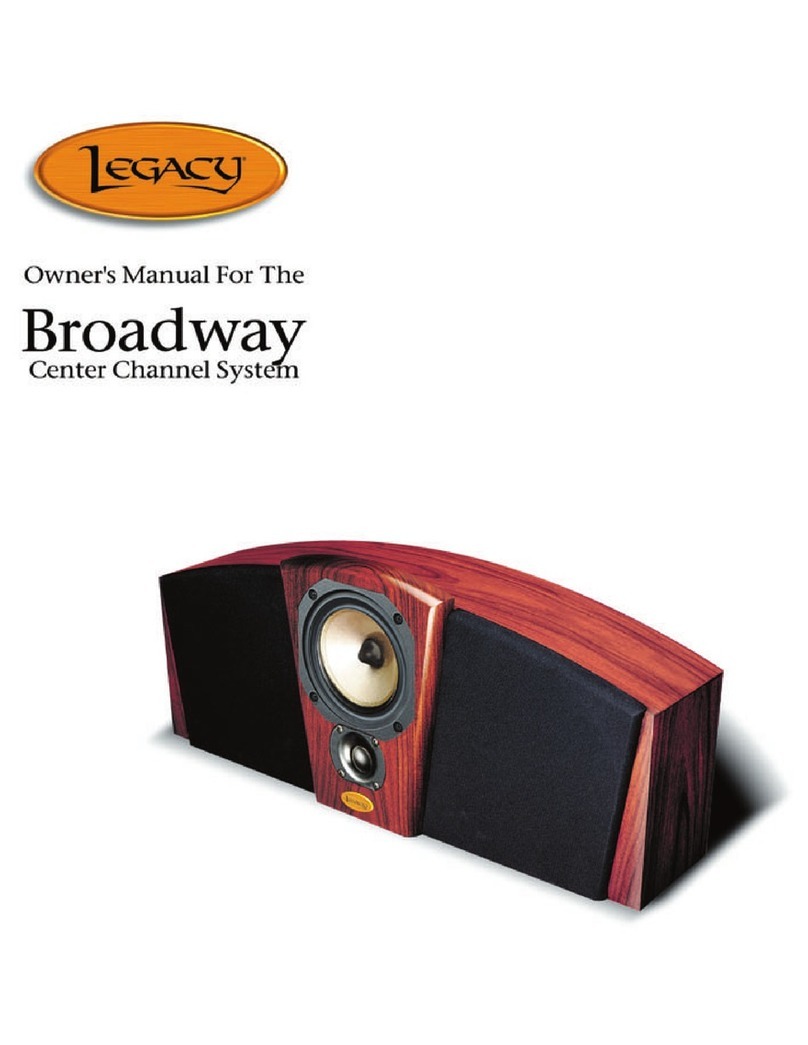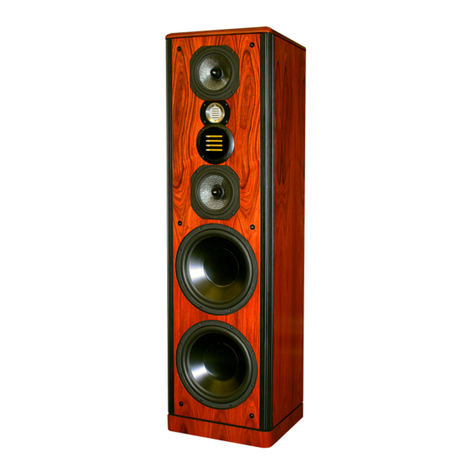Legacy Xtreme XD User manual
Other Legacy Speakers System manuals

Legacy
Legacy Silverscreen HD User manual
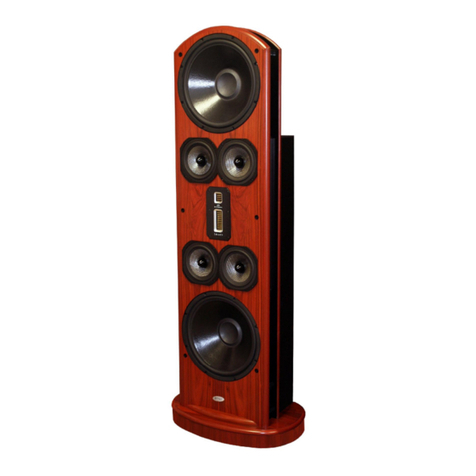
Legacy
Legacy Whisper XD User manual

Legacy
Legacy Whisper XD User manual
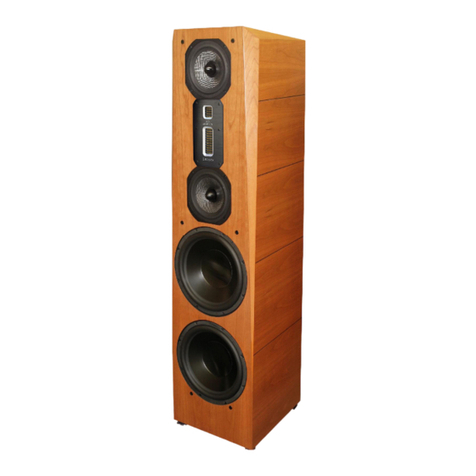
Legacy
Legacy FOCUS SE User manual
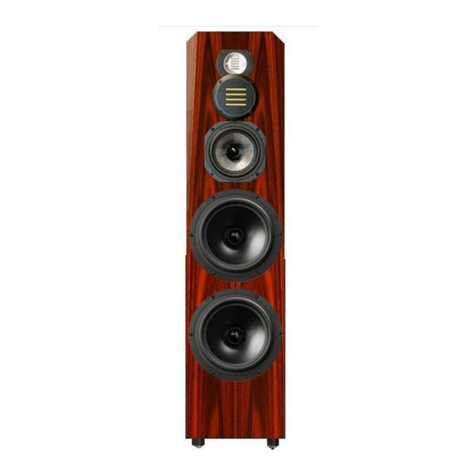
Legacy
Legacy Signature SE User manual
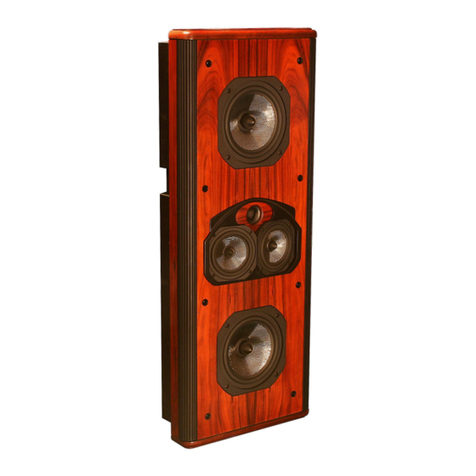
Legacy
Legacy Harmony Center User manual
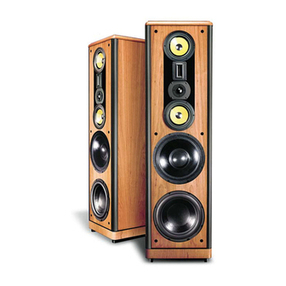
Legacy
Legacy Focus User manual

Legacy
Legacy FOCUS SE User manual
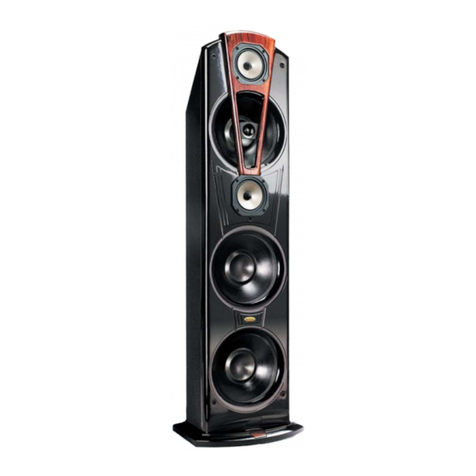
Legacy
Legacy Empire User manual
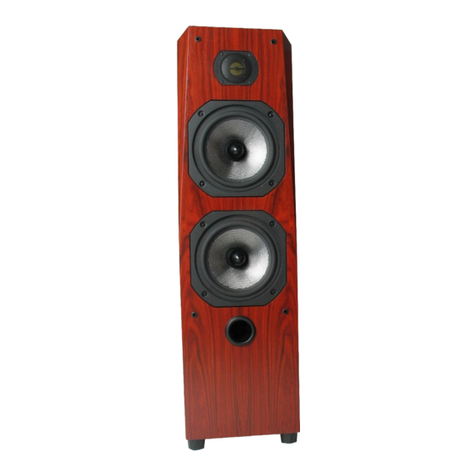
Legacy
Legacy Expression User manual

Legacy
Legacy Studio HD User manual

Legacy
Legacy Classic HD User manual
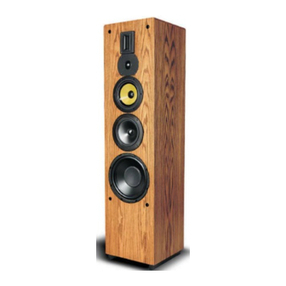
Legacy
Legacy Signature III User manual
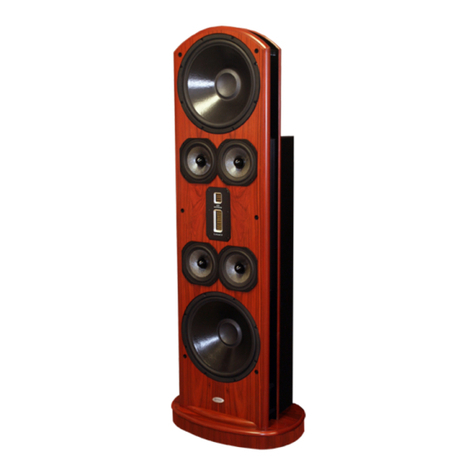
Legacy
Legacy Whisper XDS User manual

Legacy
Legacy Studio HD User manual
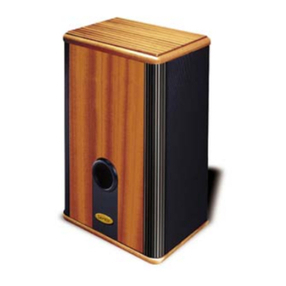
Legacy
Legacy Mist User manual
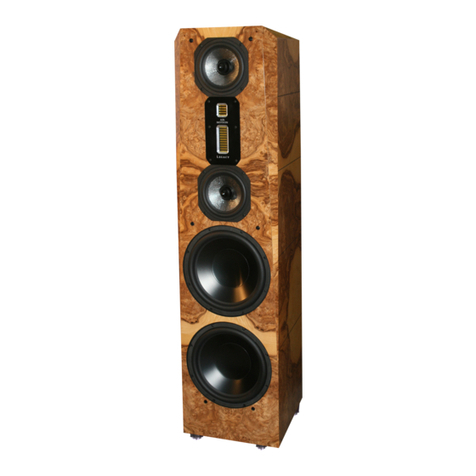
Legacy
Legacy FOCUS XD User manual
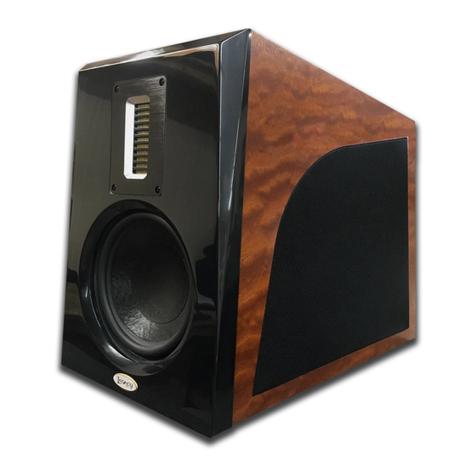
Legacy
Legacy CALIBRE User manual
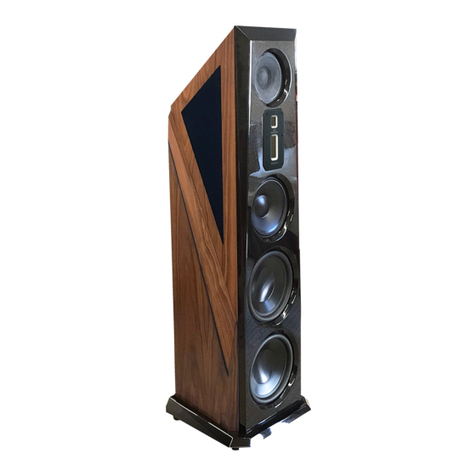
Legacy
Legacy AERIS User manual
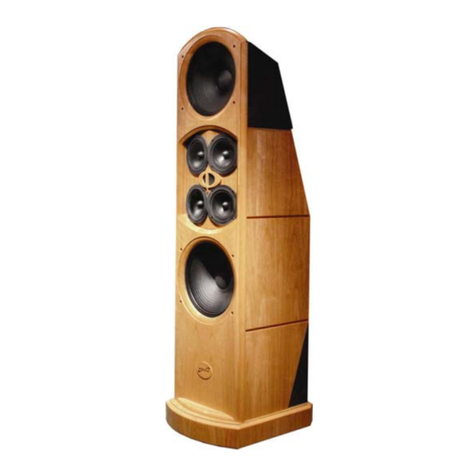
Legacy
Legacy Helix User manual
